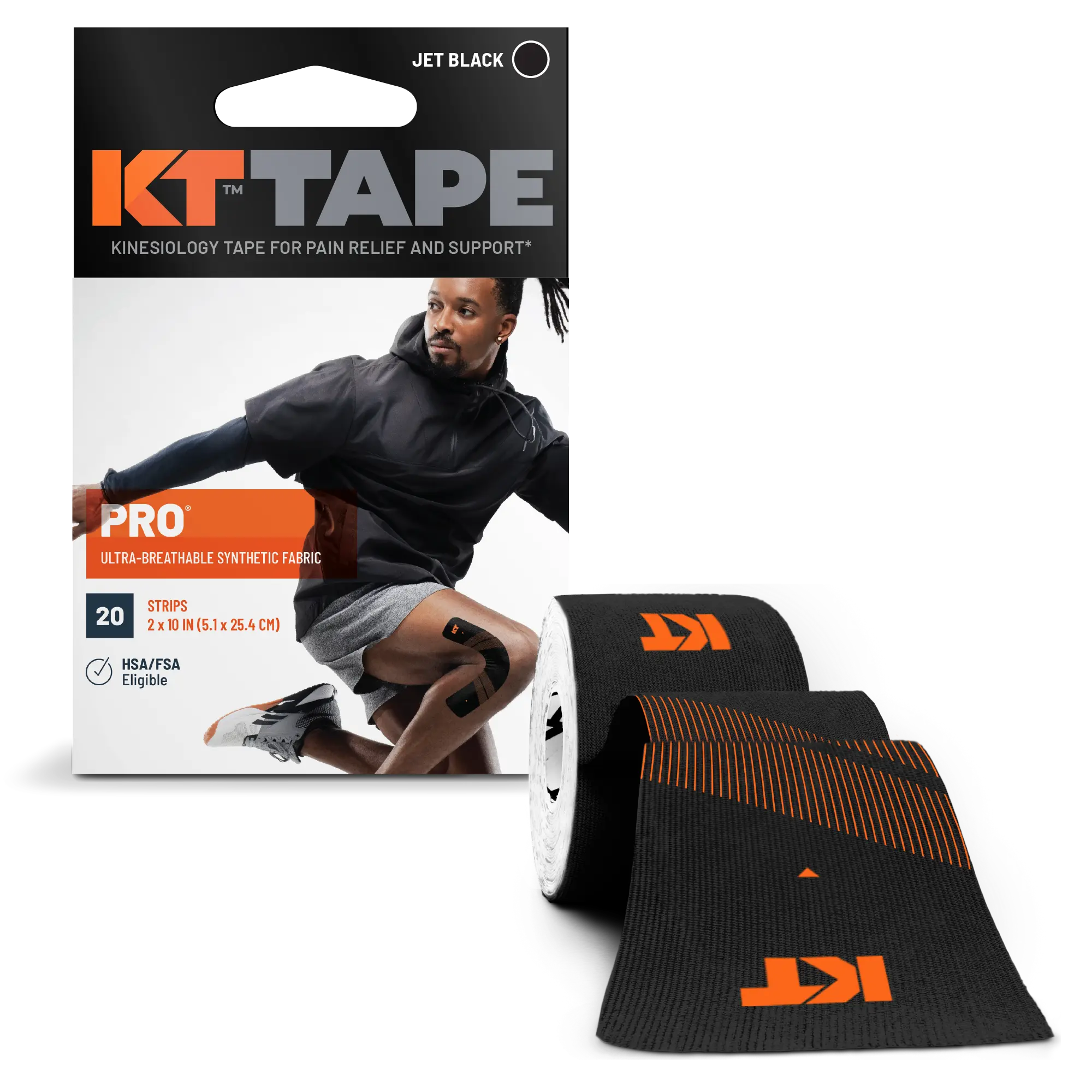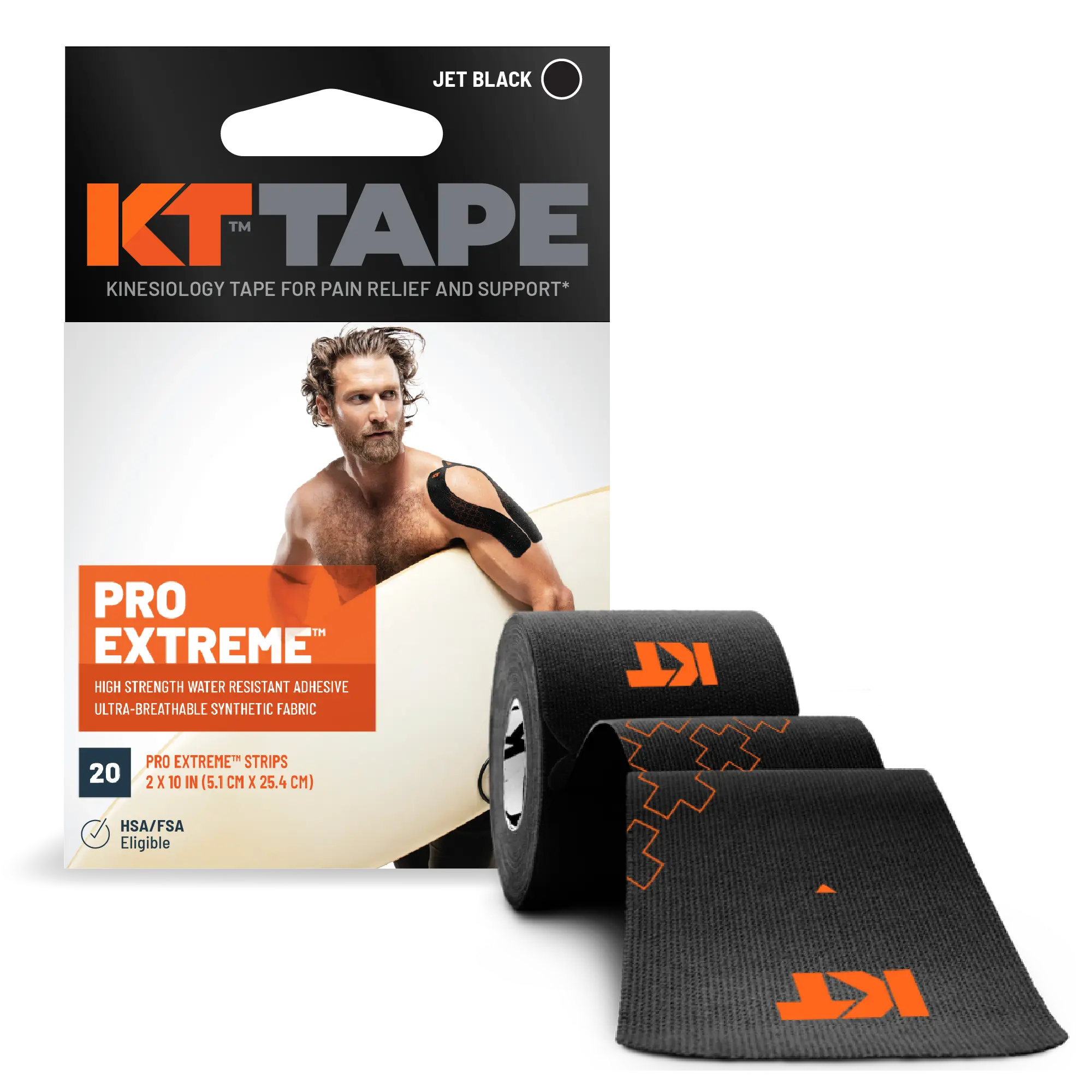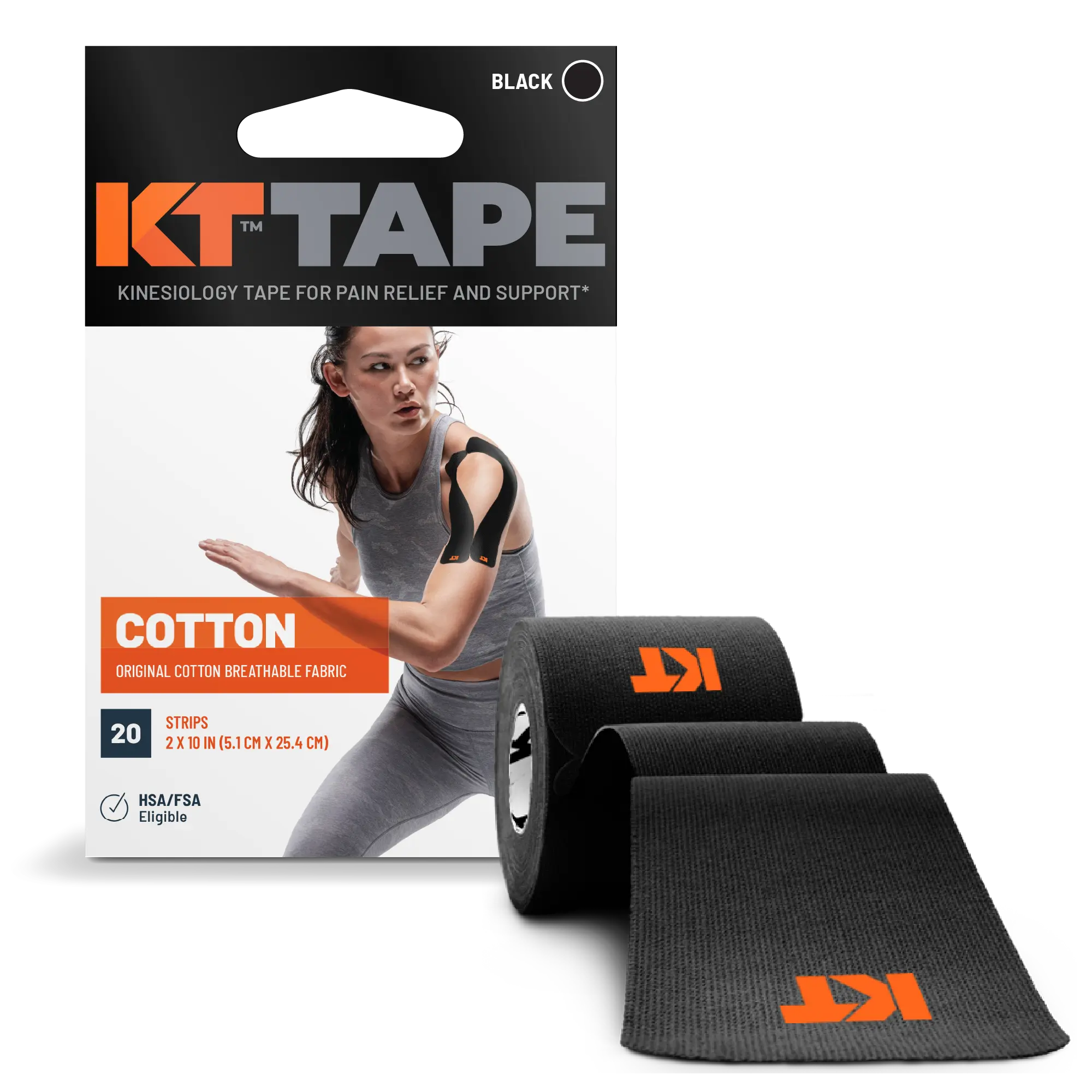- How to Apply KT Tape
- Neck/Shoulders
- Shoulder Stability
Shoulder Stability
Watch this video to learn important basics for successful tape application.
The shoulder is an inherently unstable joint, yet very important for almost all of life’s activities. The shoulder complex consists of many muscles, ligaments, tendons, bone, bursae, cartilage, and other anatomical components. Shoulder instability, or the resultant pain, can be a major problem on its own. Additionally, poor shoulder movement or placement can cause many other problems in the neck, spine, and chest – as well as the entire body.
Shoulder pain can have many different root causes but is almost always associated with anterior (or forward) shoulders. Muscle imbalances, notably overly strong or tight muscles in the chest and corresponding weak muscles in the back, can aggravate this issue and exacerbate poor posture. Poor biomechanics in the hips, legs, or torso can further upset the fluid movement of the shoulder and incite pain. Shoulder pain can also be caused by any number of issues in the joint space such as tears, arthritis, swollen bursae or inflammation, ligament laxity, and so on. With forward and raised shoulders the joint is put under pressure and doesn’t have much of a chance to heal. This postural set also makes way for many other complications in the rest of the body.
Retracting the shoulders will almost always create more joint space and relieve the stress and pain in the shoulder. Use this KT Tape application in combination with the General Shoulder Pain application for maximum effect*.
Other helpful treatments include massage, muscle release therapy, muscle balancing through assessment and training, as well as a conscious effort to maintain good posture. Try to avoid steroid shots that break down healthy tissue. Ice after activity and use NSAIDs if the pain becomes intolerable.
For additional resources, please visit the KT Tape Forum.
*NOT CLINICALLY PROVEN FOR ALL INJURIES









